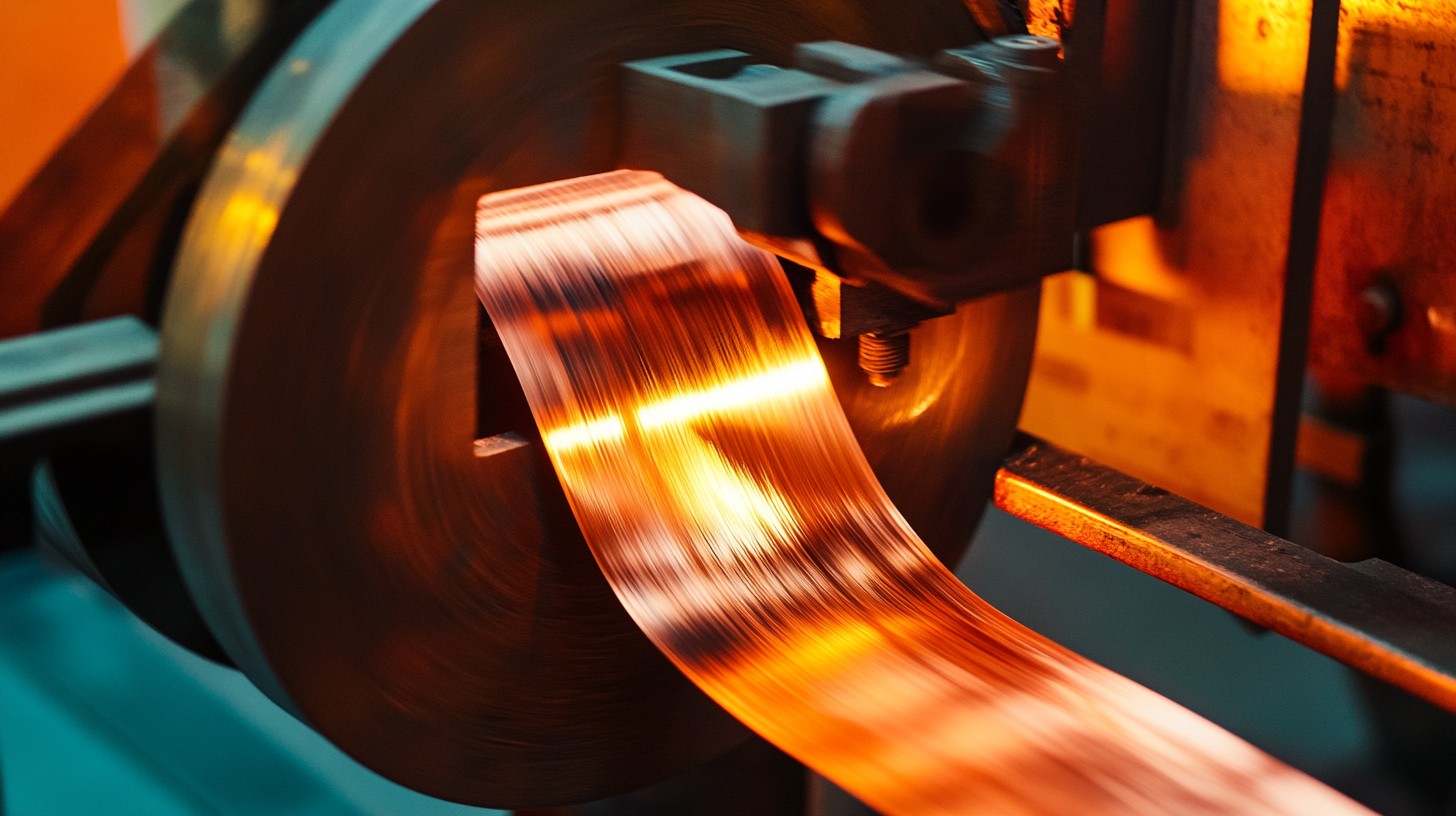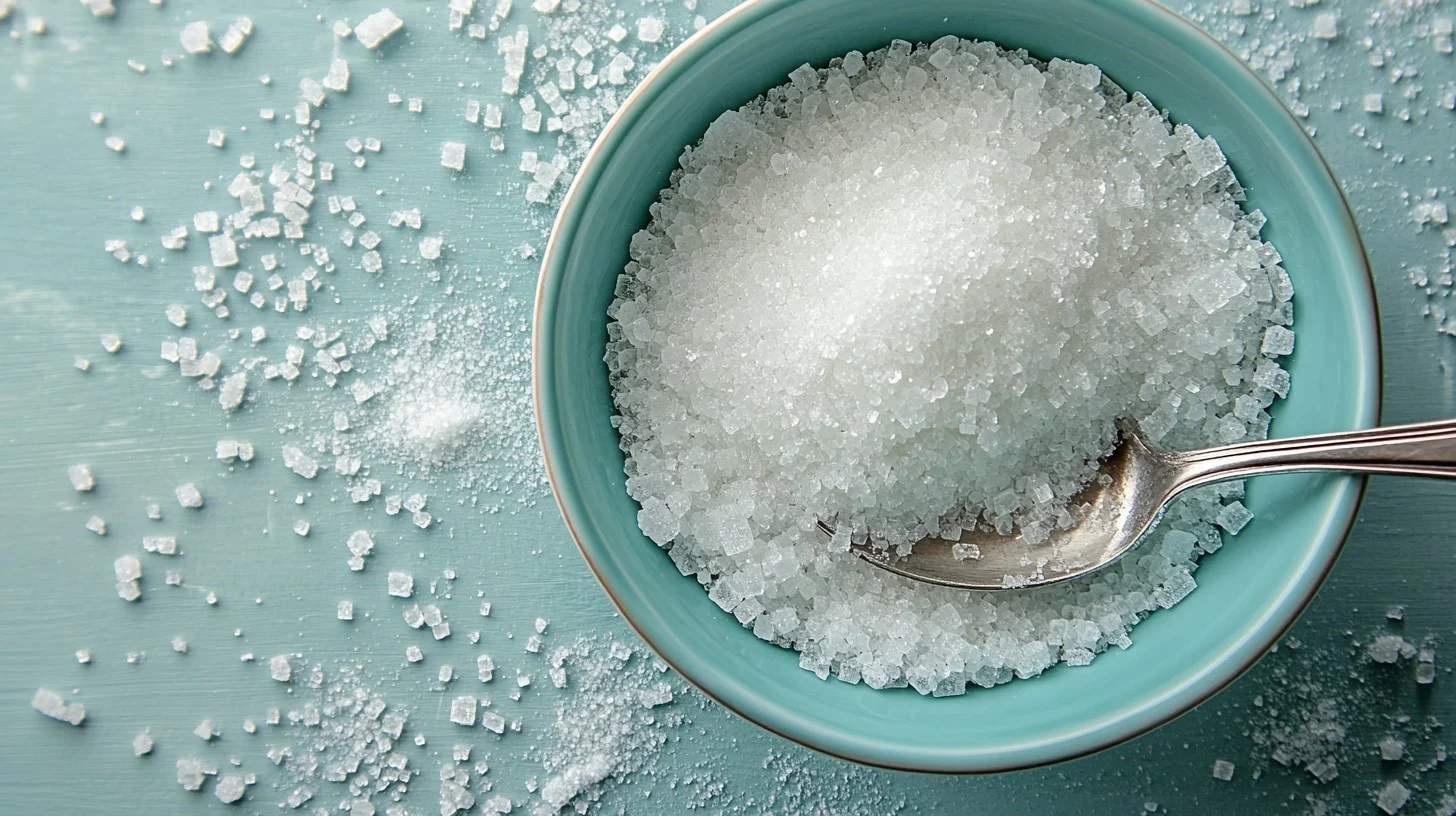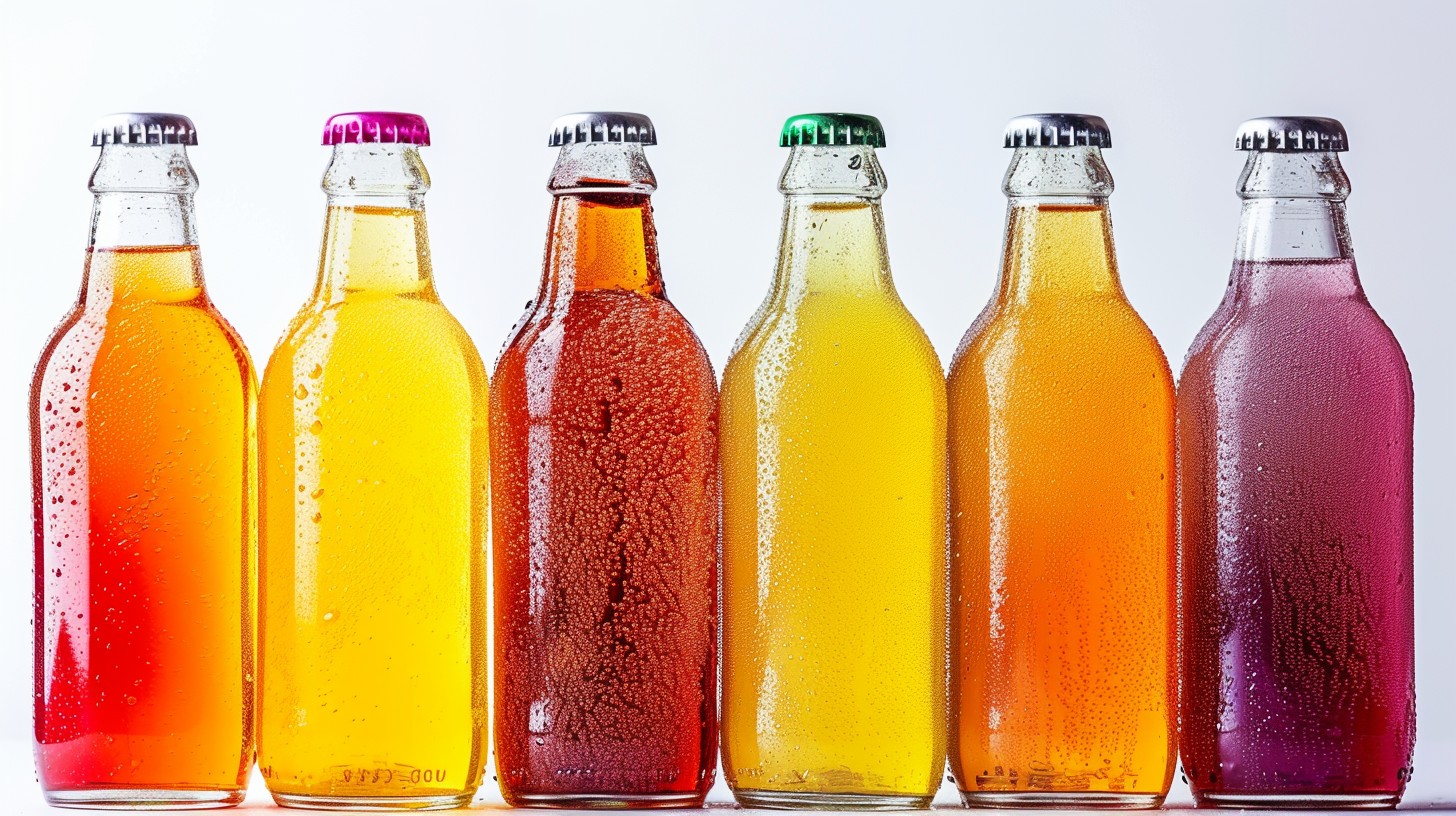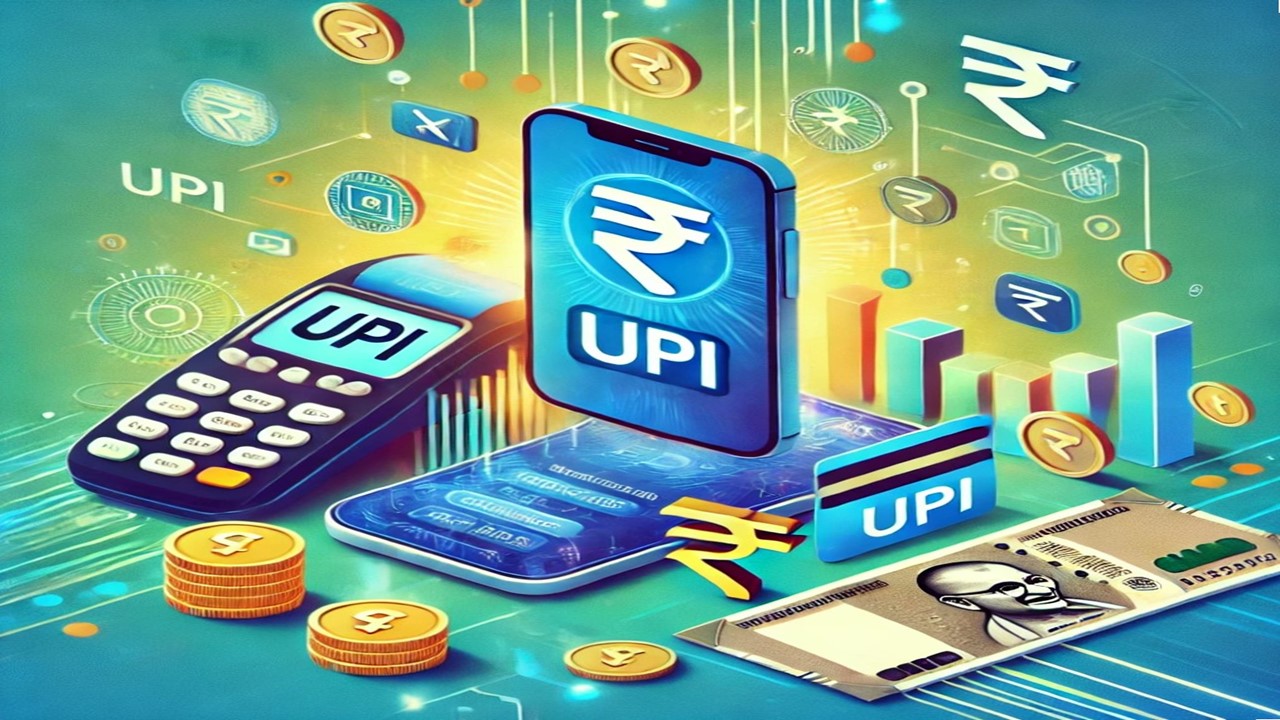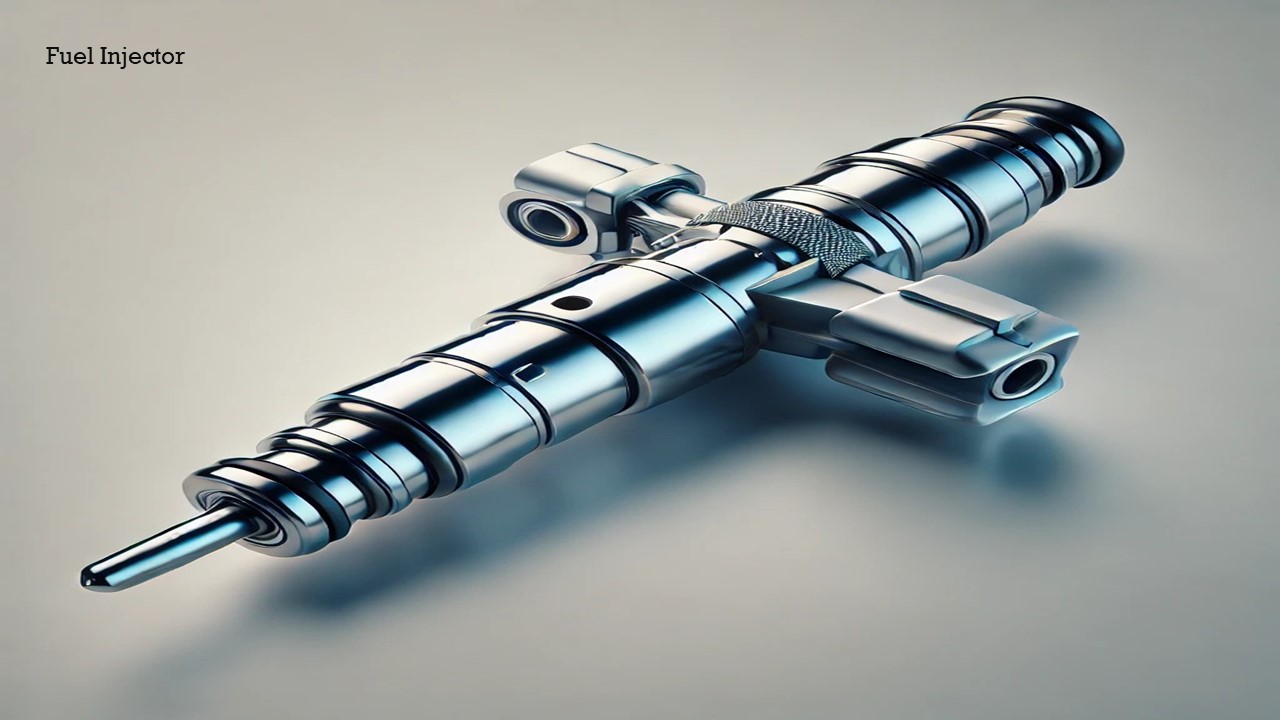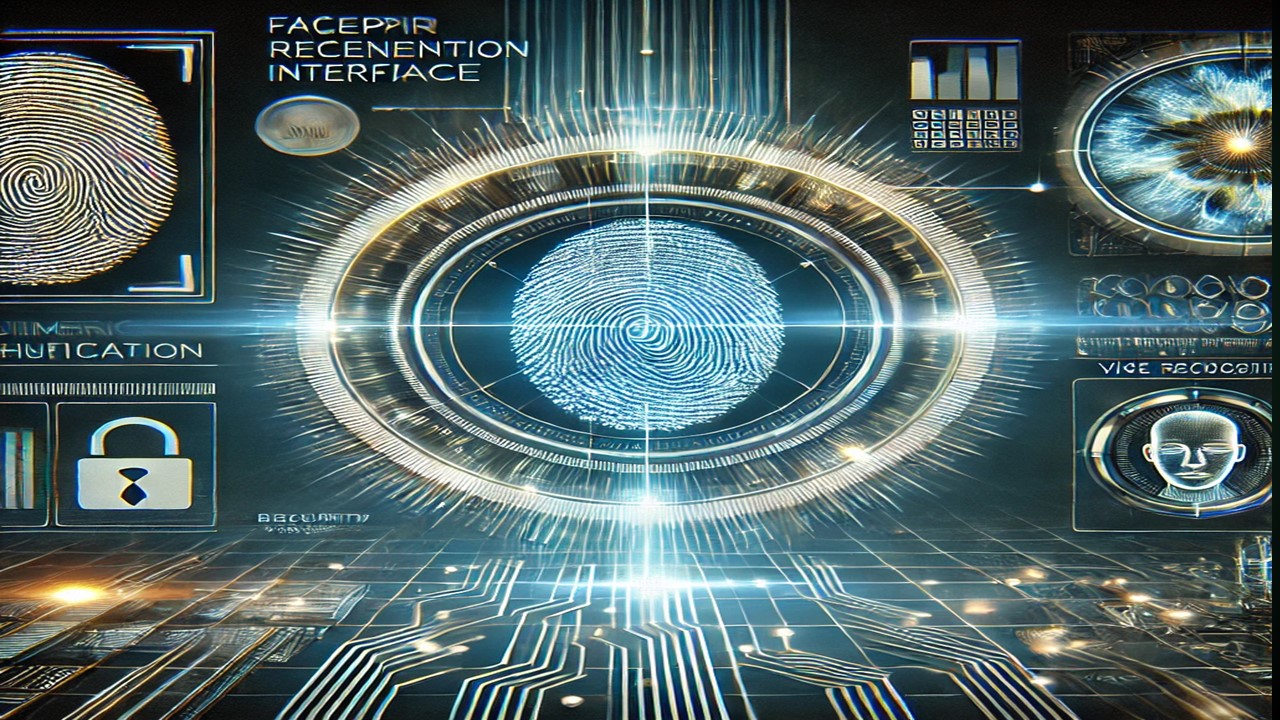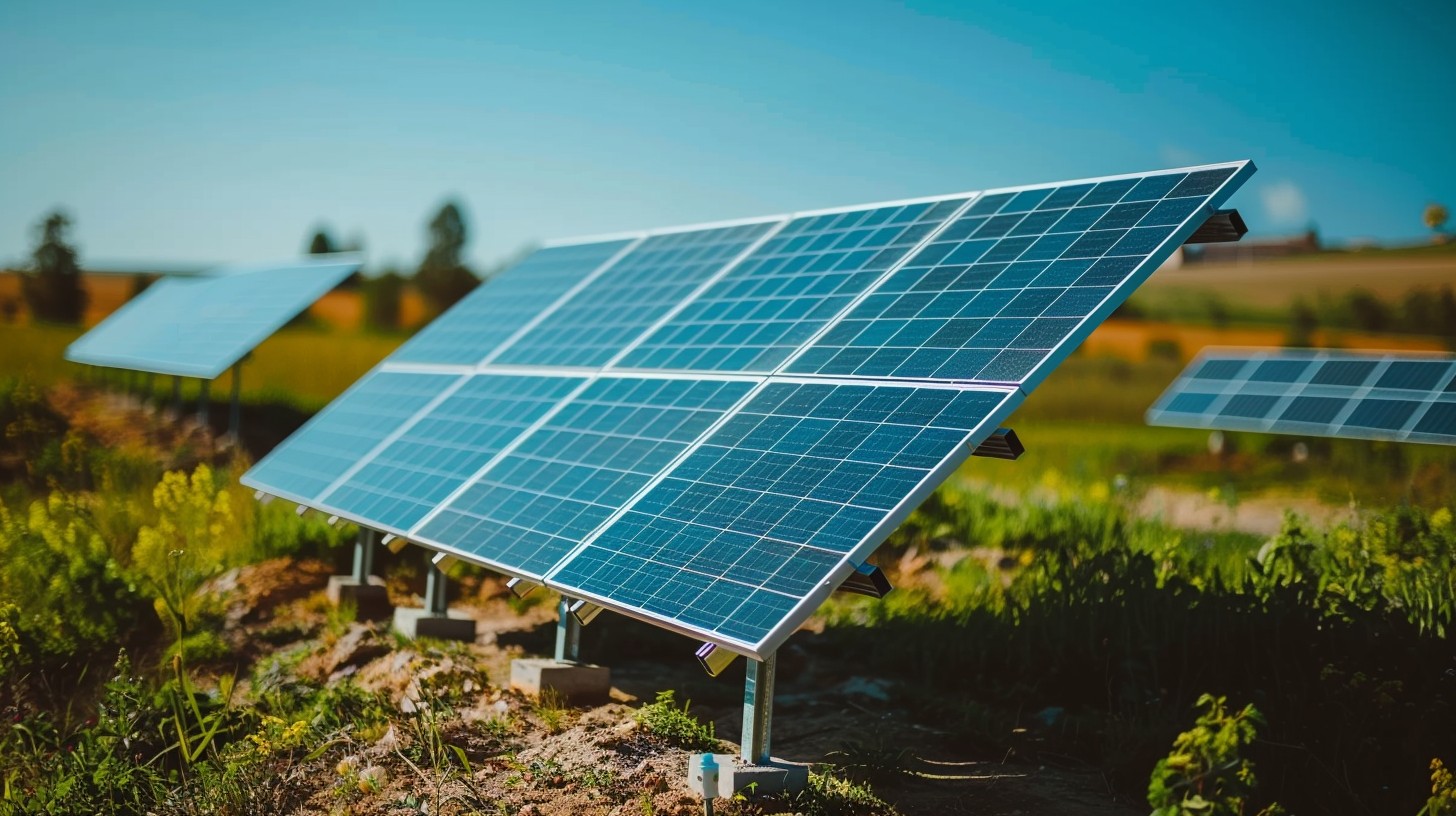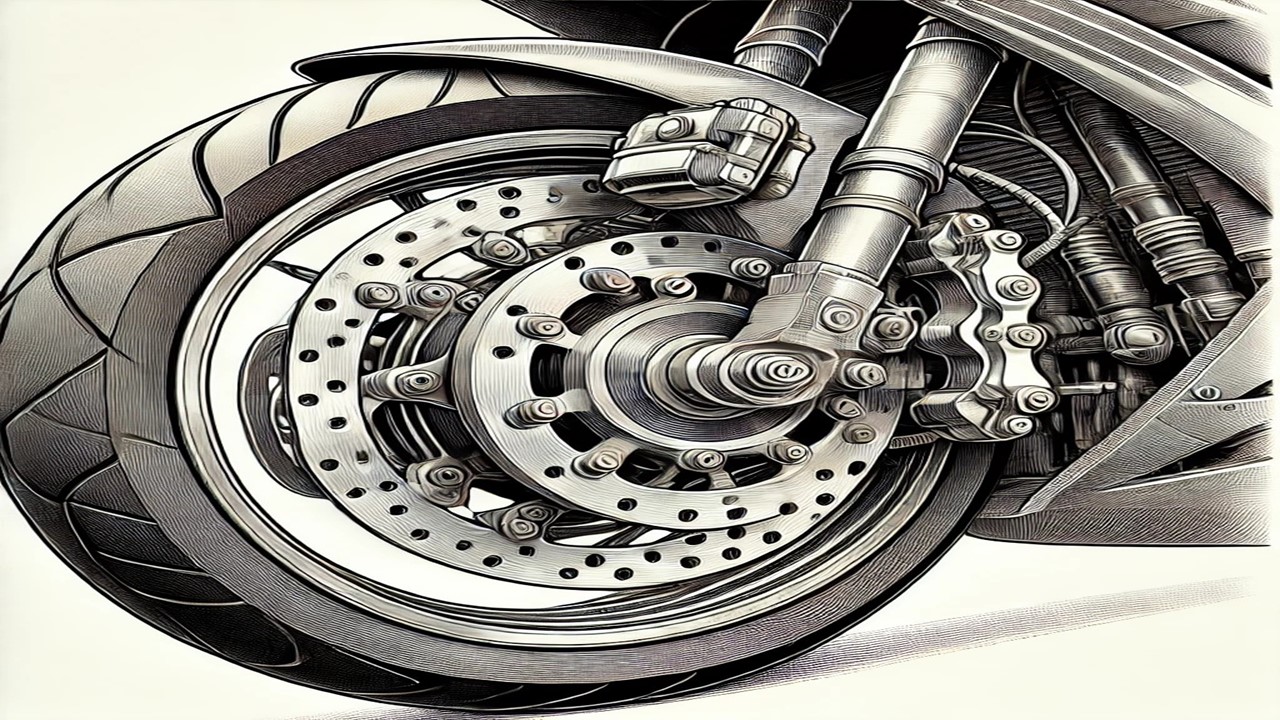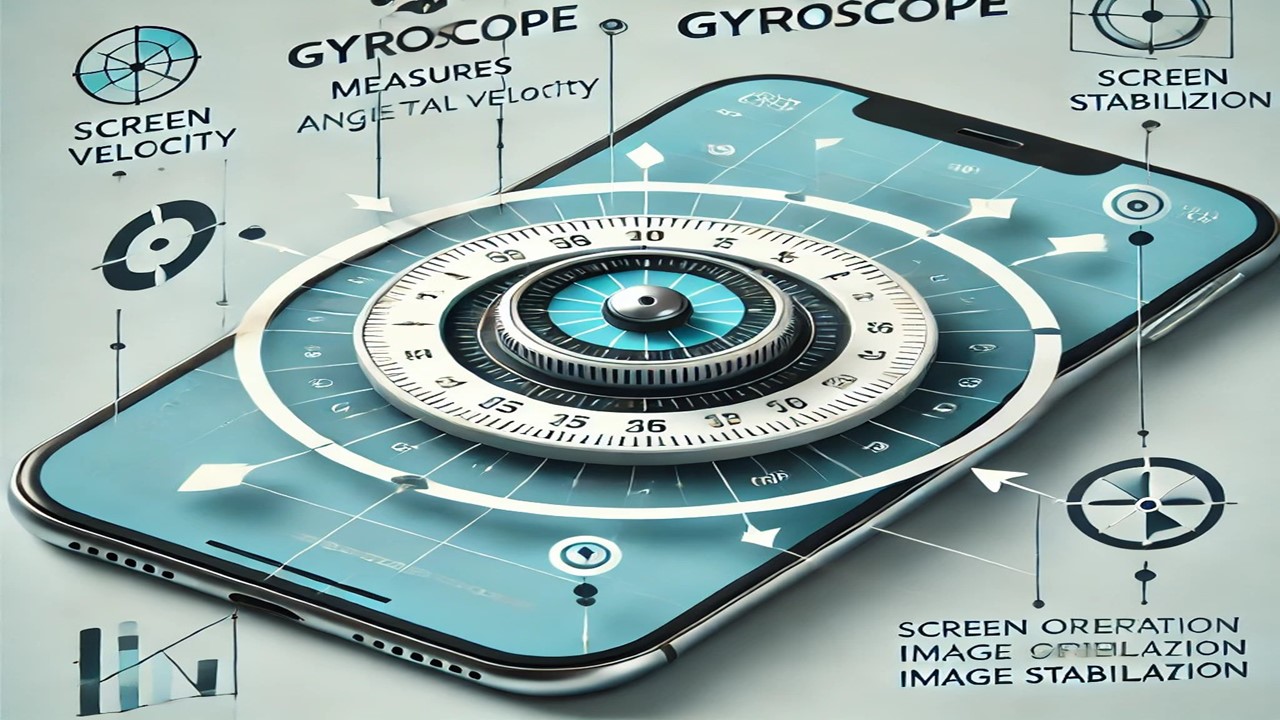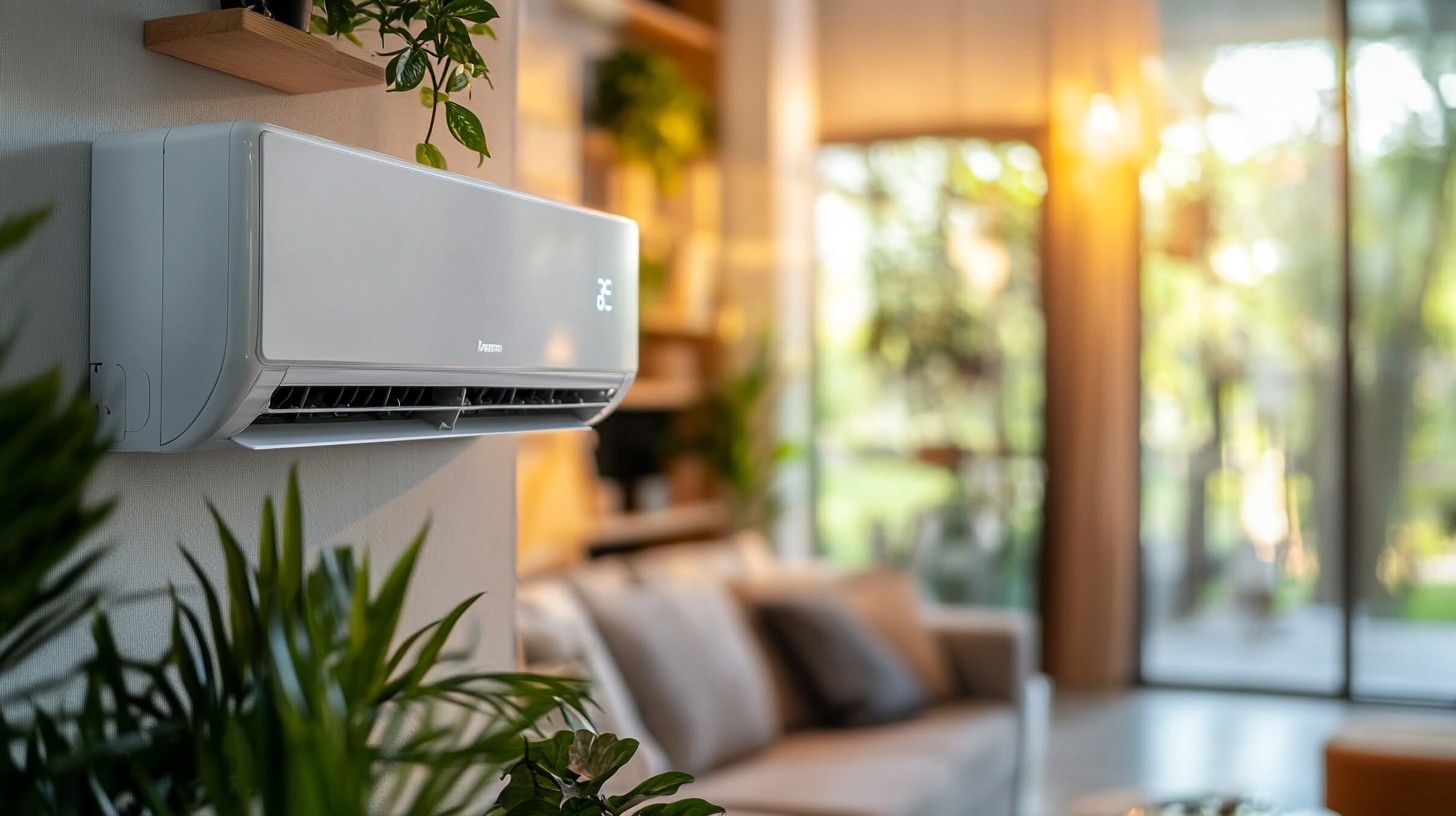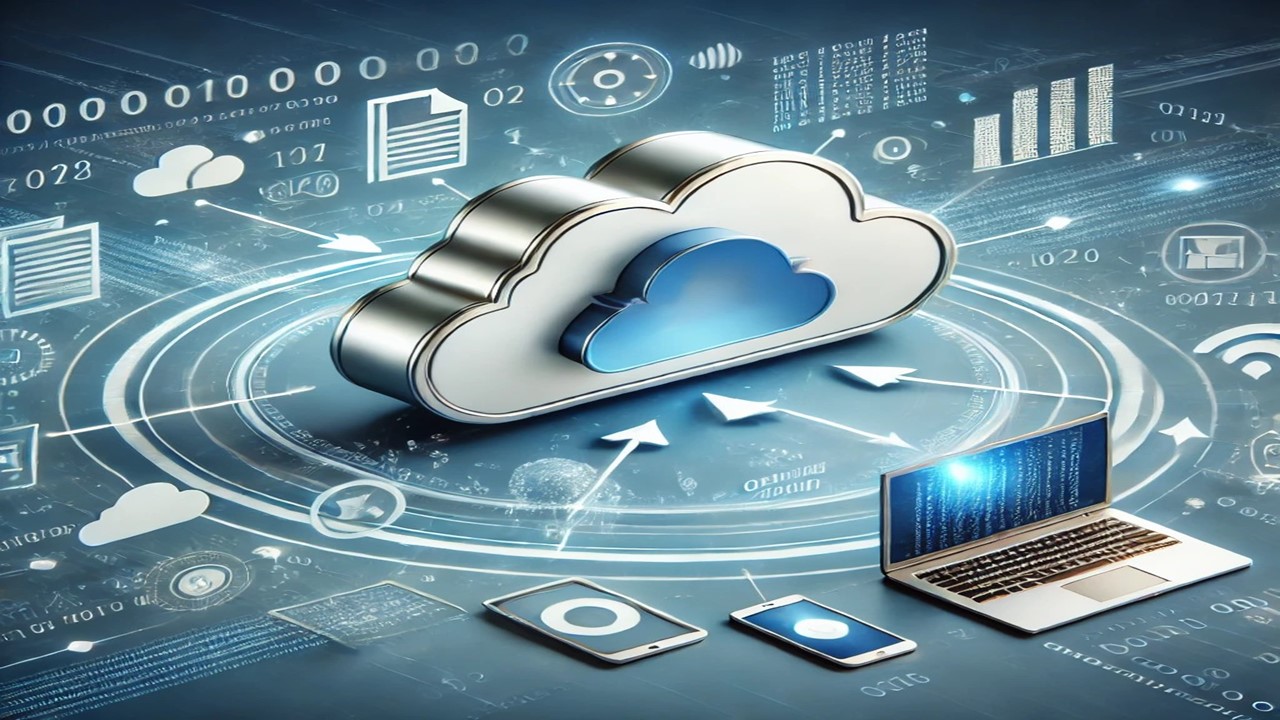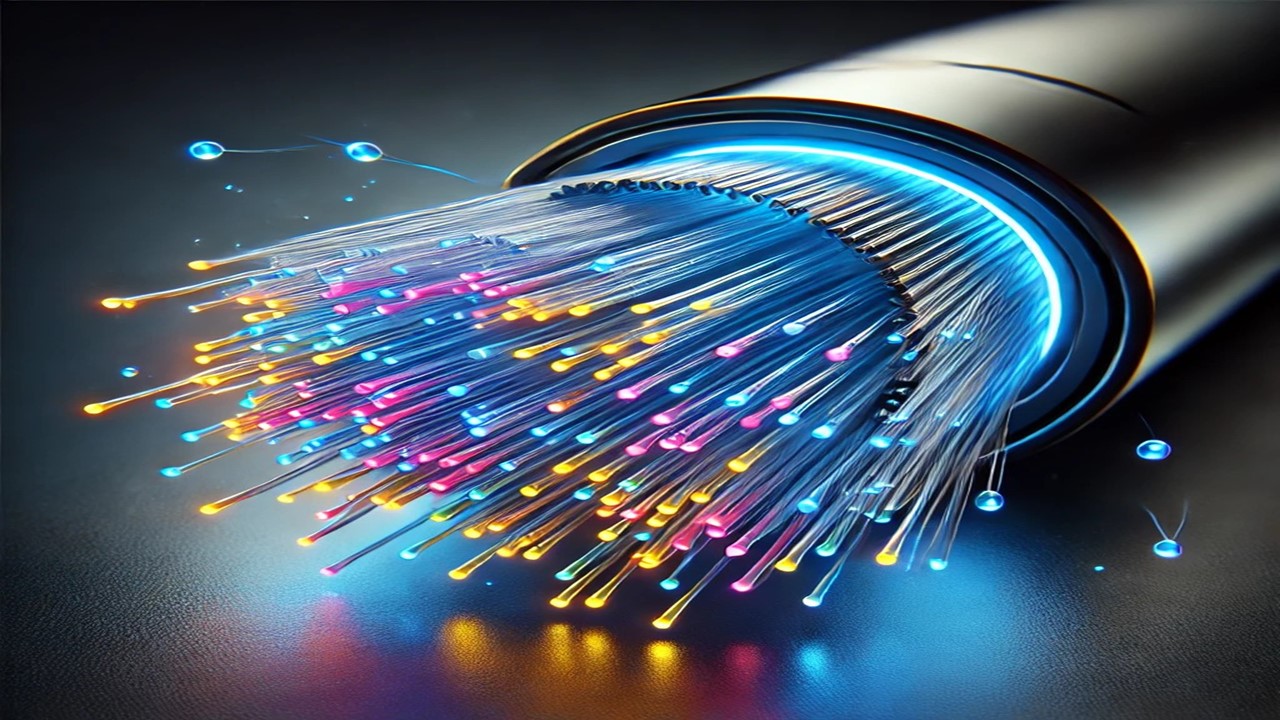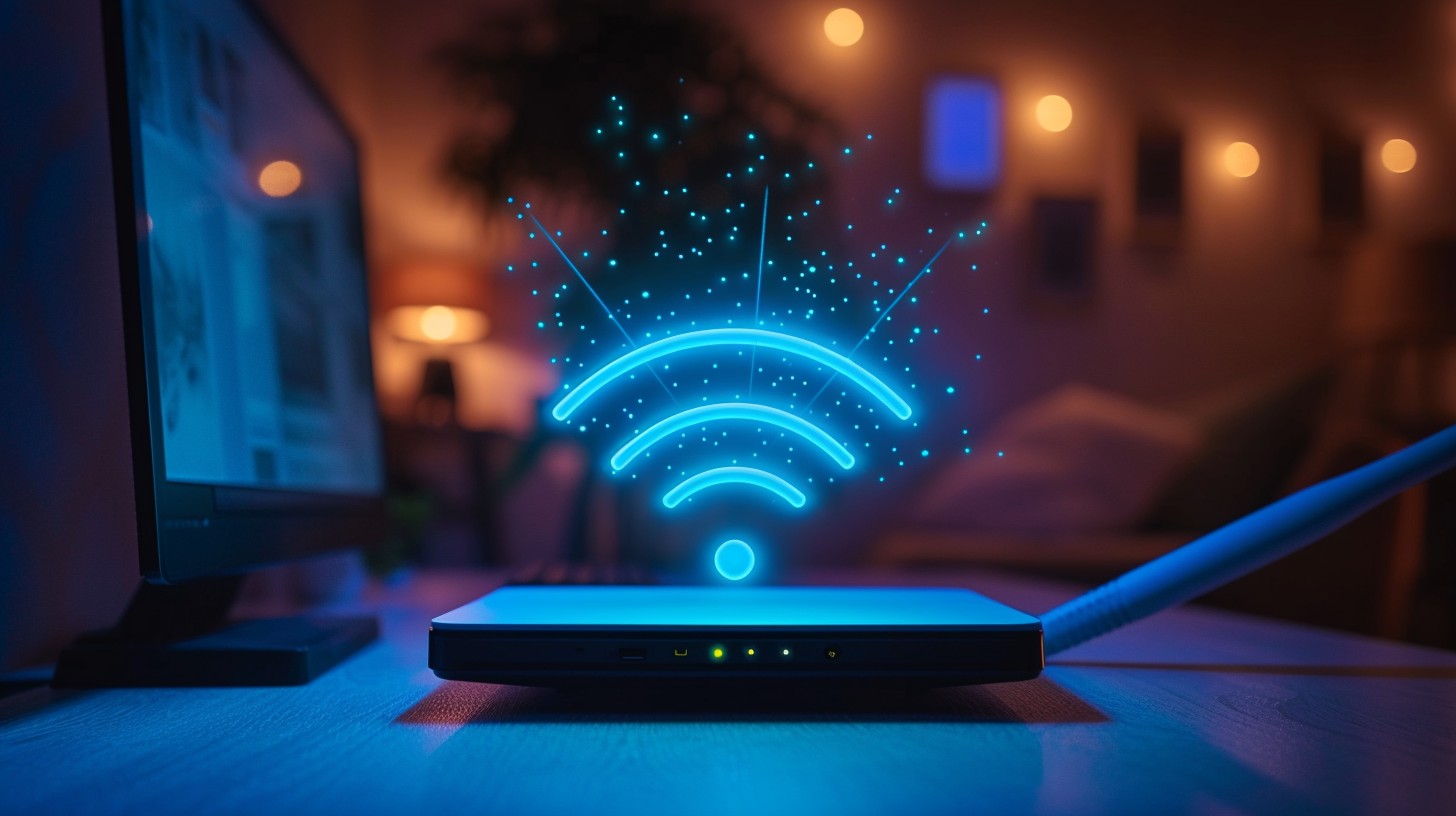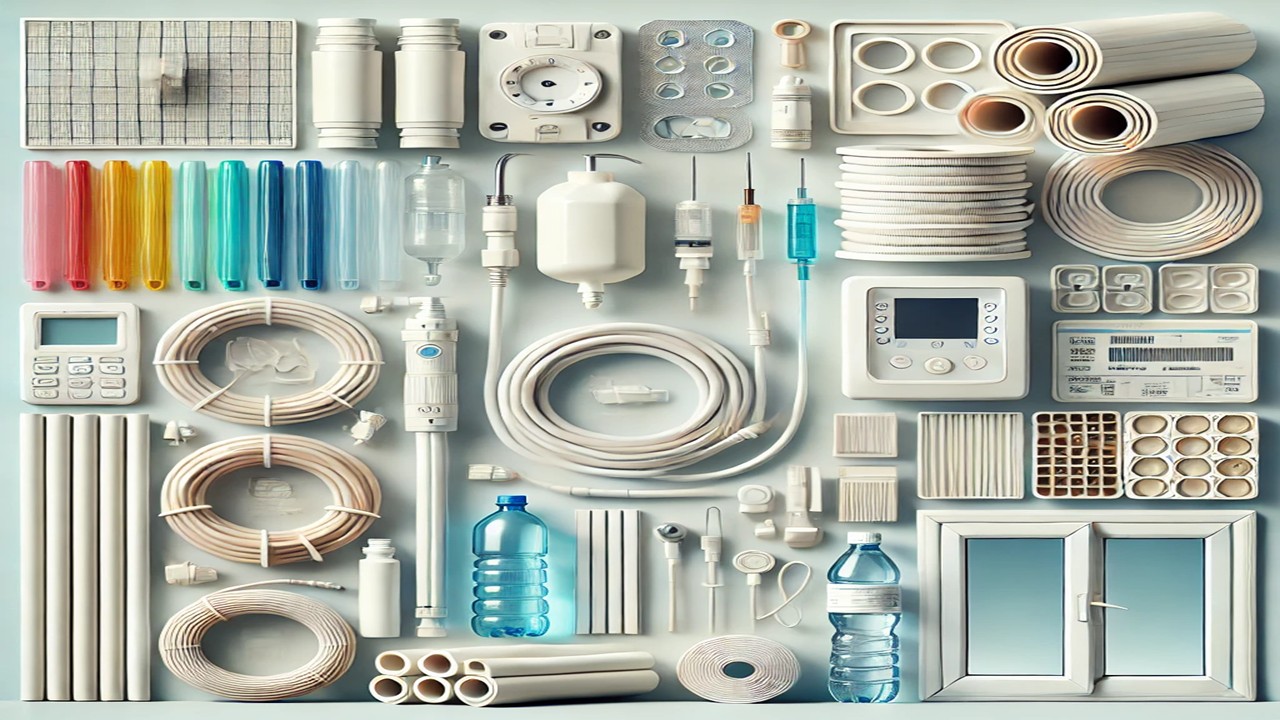
Imagine a world without durable pipes, flexible wires, or even sturdy window frames. A world where construction costs are sky-high, medical innovations take a hit, and daily essentials become inaccessible. Sounds chaotic, right? Enter Polyvinyl Chloride, or PVC—a game-changing material that has quietly revolutionized industries across the globe. From massive skyscrapers to tiny medical tubes, PVC is the invisible hero making life easier, safer, and more affordable.
In this article, we’ll uncover everything about PVC—its fascinating journey from raw material to essential product, its dominance in global markets, the companies leading this plastic revolution, and what the future holds for this wonder material. Let’s dive into the world of PVC and understand why it truly deserves a moment in the spotlight.
What is PVC, and Why is it So Special?
Polyvinyl Chloride, or PVC, is a synthetic plastic that was accidentally discovered in the 19th century but didn’t gain popularity until the early 20th century. Today, it’s one of the most widely used plastics, thanks to its unmatched properties:
- Durable: Resistant to wear and tear, it lasts for decades.
- Lightweight: Easy to transport and install, saving costs.
- Cost-Effective: Affordable compared to alternatives like metal or wood.
- Eco-Friendly (Relatively): PVC production uses less fossil fuel compared to other plastics.
PVC is categorized into two main types:
- Rigid PVC (uPVC): Used in pipes, doors, and windows.
- Flexible PVC: With added plasticizers, it’s used in cables, flooring, and even medical devices.
But PVC isn’t just a material—it’s a backbone of modern infrastructure, silently supporting industries we rely on every day.
The Global PVC Phenomenon: Demand, Supply, and Markets
Why the World Can’t Get Enough of PVC
The global demand for PVC is staggering—over 45 million metric tons annually. From bustling cities in Asia to advanced economies in North America and Europe, PVC plays a critical role in everything from construction to healthcare.
- Asia-Pacific: This region dominates the PVC market, accounting for nearly 60% of global consumption. China, with its massive infrastructure projects, leads the charge.
- North America: The second-largest market, where PVC is indispensable for construction and packaging.
- Europe: With strict environmental regulations, Europe focuses on producing sustainable PVC.
Who Supplies the World with PVC?
Global PVC production is concentrated in regions with access to ethylene and chlorine, its primary raw materials:
- China: The largest producer, with an unmatched manufacturing capacity.
- USA: A significant exporter, benefiting from its low-cost shale gas.
- India: An emerging player, stepping up its production game.
PVC Market Titans: The Companies Driving Innovation
Global Leaders
- Shin-Etsu Chemical Co. Ltd. (Japan): The world’s largest PVC producer, setting benchmarks in quality.
- Formosa Plastics (Taiwan): A powerhouse in rigid and flexible PVC.
- Westlake Chemical (USA): A leader in construction-grade PVC.
- INEOS (UK): Focused on sustainable production to meet European standards.
- LG Chem (South Korea): Renowned for innovation and research in PVC applications.
Indian Giants
India’s PVC market is booming, with domestic giants stepping up:
- Reliance Industries (RIL): The largest player in India, catering to both local and global demand.
- DCM Shriram: Known for its high-tech PVC production facilities.
- Finolex Industries: A specialist in PVC pipes and fittings.
- Astral Poly Technik: Leading in advanced plumbing and drainage solutions.
PVC in Everyday Life: Applications Across Sectors
PVC’s versatility is unparalleled. Here’s how it touches almost every aspect of our lives:
1. Construction and Infrastructure
- PVC pipes ensure clean water supply and efficient drainage.
- uPVC windows and doors are durable, weather-resistant, and energy-efficient.
- PVC flooring and roofing offer cost-effective solutions for homes and offices.
2. Healthcare
Did you know that PVC saves lives? Its flexibility and sterility make it ideal for:
- Blood bags and IV tubes.
- Surgical gloves and catheters.
- Disposable syringes.
3. Automotive
From wiring harnesses to car interiors, PVC keeps vehicles safe, durable, and stylish.
4. Consumer Goods
PVC is everywhere in consumer products—packaging, furniture, and even toys.
5. Agriculture
In rural India, PVC pipes revolutionized irrigation, making water management easier and more efficient.
6. Electronics
PVC-coated wires and cables are essential for modern gadgets, ensuring safety and reliability.
The Future of PVC: Where Are We Headed?
PVC is evolving to meet the challenges of the modern world. Let’s look at some cutting-edge trends and research:
- Bio-Based PVC: Efforts are underway to produce PVC using bio-based raw materials, reducing dependency on fossil fuels.
- Recycling Revolution: Advanced recycling technologies are making it possible to reuse PVC without compromising quality.
- Eco-Friendly Additives: Researchers are replacing harmful plasticizers with non-toxic, sustainable alternatives.
- High-Performance PVC: Enhanced formulations are improving PVC’s thermal stability, UV resistance, and strength.
These innovations are not just futuristic—they’re necessary for PVC to remain relevant in a world moving towards sustainability.
Challenges: What Holds PVC Back?
While PVC has transformed industries, it’s not without its challenges:
- Environmental Impact: The production and disposal of PVC release harmful chemicals.
- Regulatory Pressure: Stricter laws, especially in Europe, are forcing companies to adopt greener practices.
- Price Fluctuations: The cost of raw materials like ethylene and chlorine often impacts PVC prices.
PVC and India: A Rising Star
India’s PVC industry is growing rapidly, driven by urbanization, government projects like “Smart Cities,” and agricultural demand. Despite being a significant importer, domestic production is on the rise.
Major Uses in India
- Infrastructure: Pipes, windows, and roofing for affordable housing.
- Agriculture: PVC irrigation systems transforming rural landscapes.
- Packaging: Cost-effective and durable for food and industrial goods.
Indian Vision for PVC
- Increase local production to reduce imports.
- Invest in recycling technologies to manage PVC waste.
- Expand its use in rural areas to improve quality of life.
PVC—The Backbone of Modern Living
Polyvinyl Chloride, or PVC, is far more than just a plastic. It’s a material that has transformed the way we build, heal, and live. From urban skyscrapers to rural farmlands, PVC is everywhere—silent but indispensable.
As the world demands more sustainable solutions, the PVC industry must adapt, innovate, and lead the way. Whether it’s bio-based PVC, advanced recycling, or cutting-edge applications, the future of PVC looks as dynamic as its past. For India, this is a golden opportunity to become a global leader in PVC production and innovation.
So, the next time you see a PVC pipe, window, or cable, take a moment to appreciate the science, innovation, and effort that went into creating this magic material. After all, PVC isn’t just a product—it’s a revolution shaping the future.

